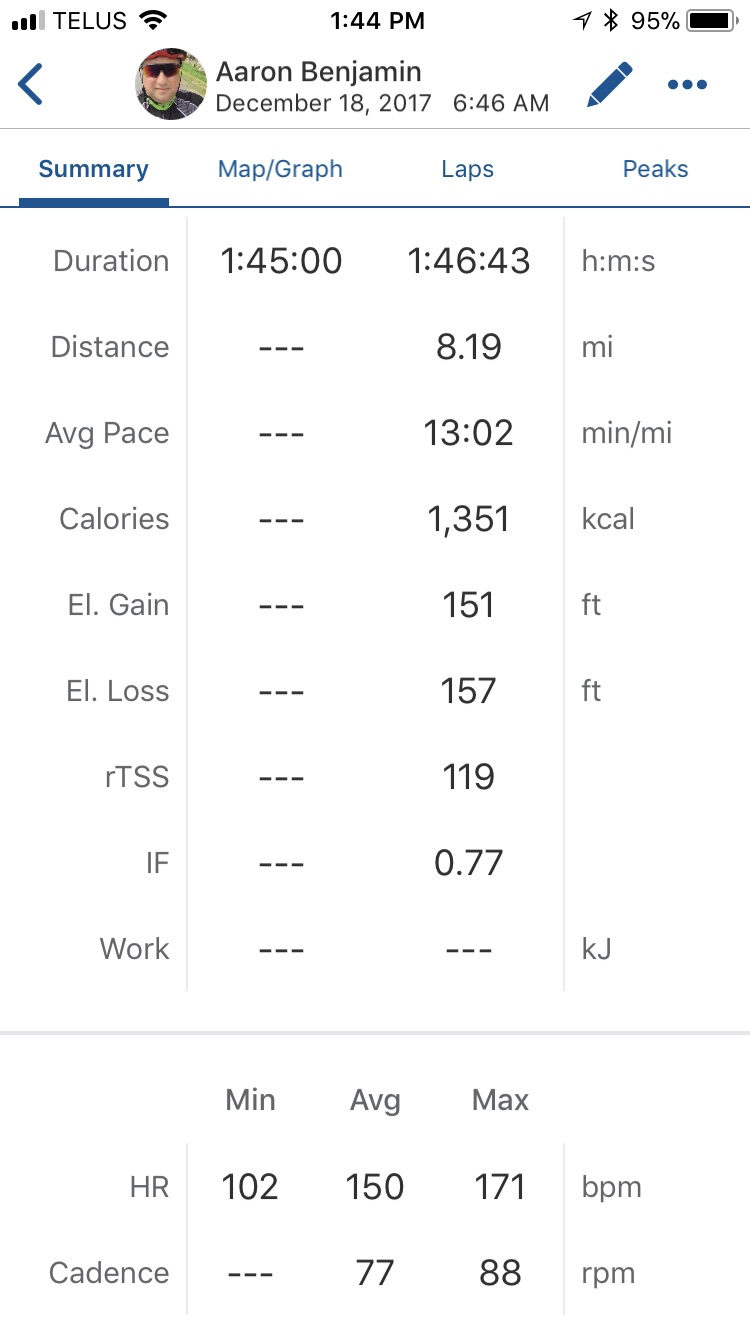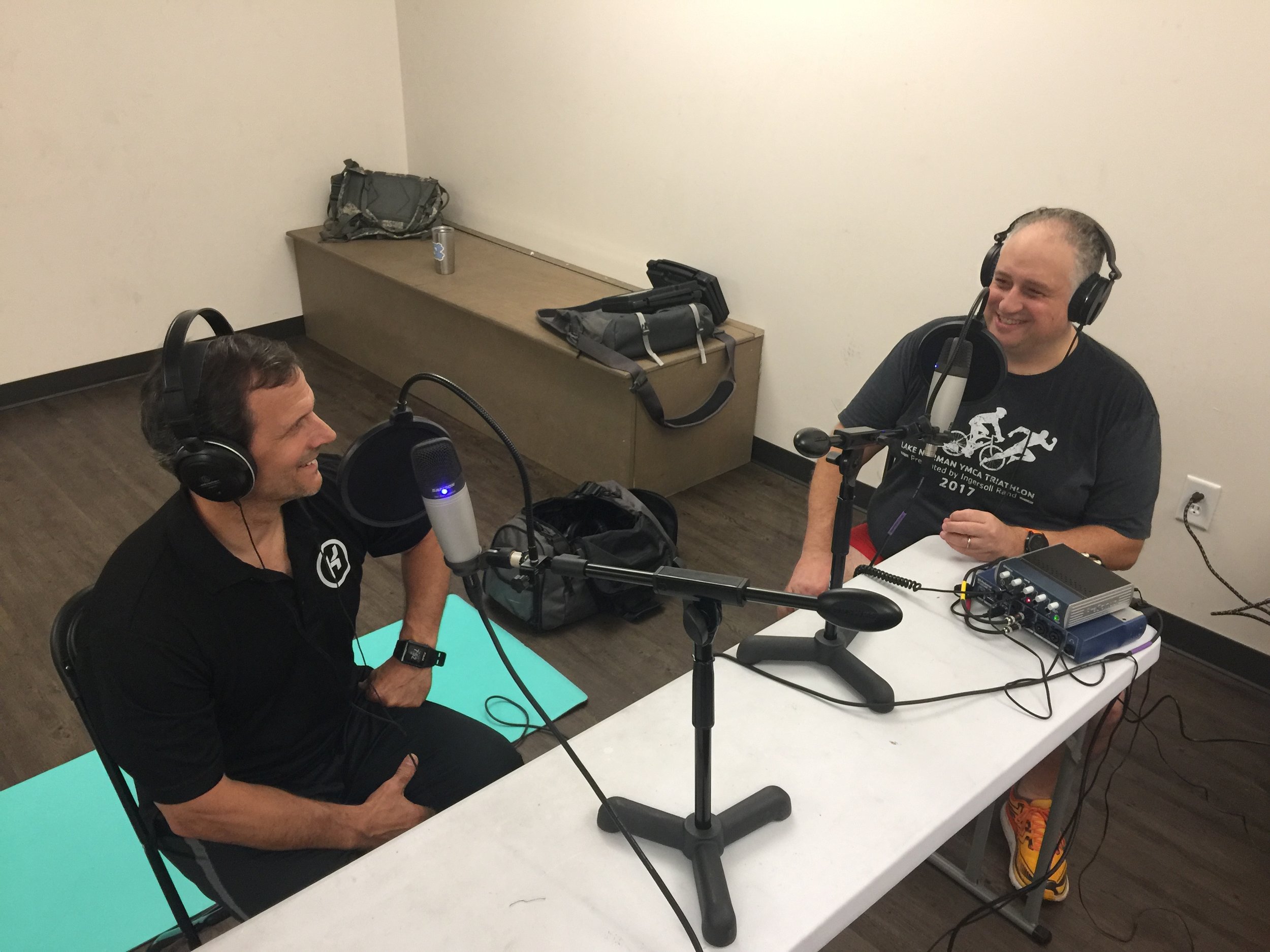This is part 2 of a 5 part article on positive thinking, which is a critical component of maintaining an active life and achieving our goals. You can read the prelude on goal setting here, and the first part on positive thinking and fitness here.
In the last post, I described ahimsa -- the practice of doing no harm even in thought. This is a difficult practice to incorporate even in ideal situations. But how do we maintain a positive attitude in the face of external negative influences?
This is an absolutely critical concept because fitness is a form of self-care and self-care is always in competition for every other person and thing that wants your time. Whether it's work demands, unsupportive friends, or unsupportive family members, people or obligations that exert some influence on your life will be a negative influence from time to time on your ability to maintain your commitment to a positive mindset. So how best to deal with negative influences?
There are as many acceptable ways to deal with negative influences as there are circumstances, but I have found that there is only one mental attitude with which to deal with negative influences that does not in itself generate more negativity: compassion.
Start with compassion
Compassion is described in Buddhism as the desire for someone to not suffer. In its most intense and difficult form, compassion is the desire for someone who has hurt you to not suffer. Just like triathlon, compassion is a simple concept that can be difficult to execute. So how do we generate compassion as a response to external negative influences?
Nothing is personal
The usual and instinctive response to negativity is anger. Unfortunately, anger is a very strong generator of additional negativity so is always counter-productive. A main reason that we get angry is because we take it personally when people behave negatively towards us. But if instead of reacting to that anger, we can step back and observe it more neutrally, it is possible to see that the negative behavior of others is always a product of the person generating that behavior. Even if the negativity is about us or affects us, and even if it's in response to us, it is all about the way the other person thinks, feels and perceives. We get to choose how we react and how we shape our own perception of the negative conduct of others.
You don't need to respond
Often, when confronted with negative behavior, our first instinct is anger, and our second instinct is to respond in anger. Since anger feeds and fuels negativity, this is not a useful response if our main goal is to maintain or restore positivity.
While one approach is to wait until you're no longer angry before responding, once the anger subsides, you may find that your need to respond at all has also dissipated. You may be in a situation where you're best response is to simply let it go. You should feel free to take that path if it feels right to you.
Give back what isn't yours
A very wise friend gave me very good advice once: if you find yourself holding on to something that isn't yours, give it back. Some people in your life can have negative reactions to things you do and decisions you make. Following the first rule, don't take anything personally, and the second rule of not responding right away (if at all), we can have the freedom to choose not to take on and hold on to other peoples' issues. Negative attitudes come from unresolved issues. This is true for other people and is also true for ourselves. It is hard enough to resolve our own issues that create our own negativity. If you find yourself holding on to someone else's issues and attitudes, return it to the sender; those feelings aren't yours to keep.
Back to compassion
Generating compassion, much like maintaining a positive mindset, is not always easy and requires some practice and deliberateness. Since positive thinking is a primarily internal process to respond effectively to our own negative self-talk, a good approach is to generate compassion for yourself. Just like maintaining fitness and activity is self-care, compassion for the self can also be an important part of self-care. Since compassion is the desire for someone to not suffer, try to generate a genuine desire towards yourself to not suffer over whatever issues are causing your unhappiness.
Sometimes we find it difficult to generate compassion for ourselves. We often find it easier to focus on other people and find that it feels awkward to focus on ourselves. This can feel especially true for generating self compassion.
One approach to resolve this difficulty is to generate an intention of compassion for yourself for not being able to feel compassion. Then you can explore the illogical paradox that results. When I try that approach the ridiculousness of the paradox makes me laugh and reminds me that all the reasons I have created to have difficult thoughts and feelings really aren't all that important.
That is the main power of compassion: its ability to shine a light on our own inflated sense of self that views our problems, even our legitimate problems, as uniquely important and, by extension, unsolvable.
So the next time you find yourself trapped in a cycle of negative thinking as a response to someone else's negativity, you can try to see if an intention of compassion -- the desire that someone not suffer -- can help change your thinking. And if you have trouble with that, generate compassion for yourself for not being able to feel compassion. And laugh.






